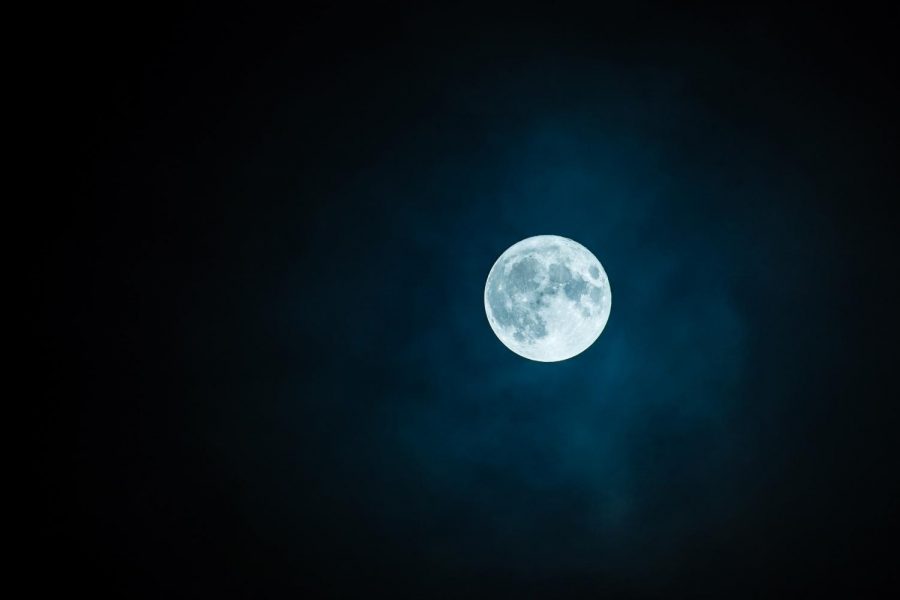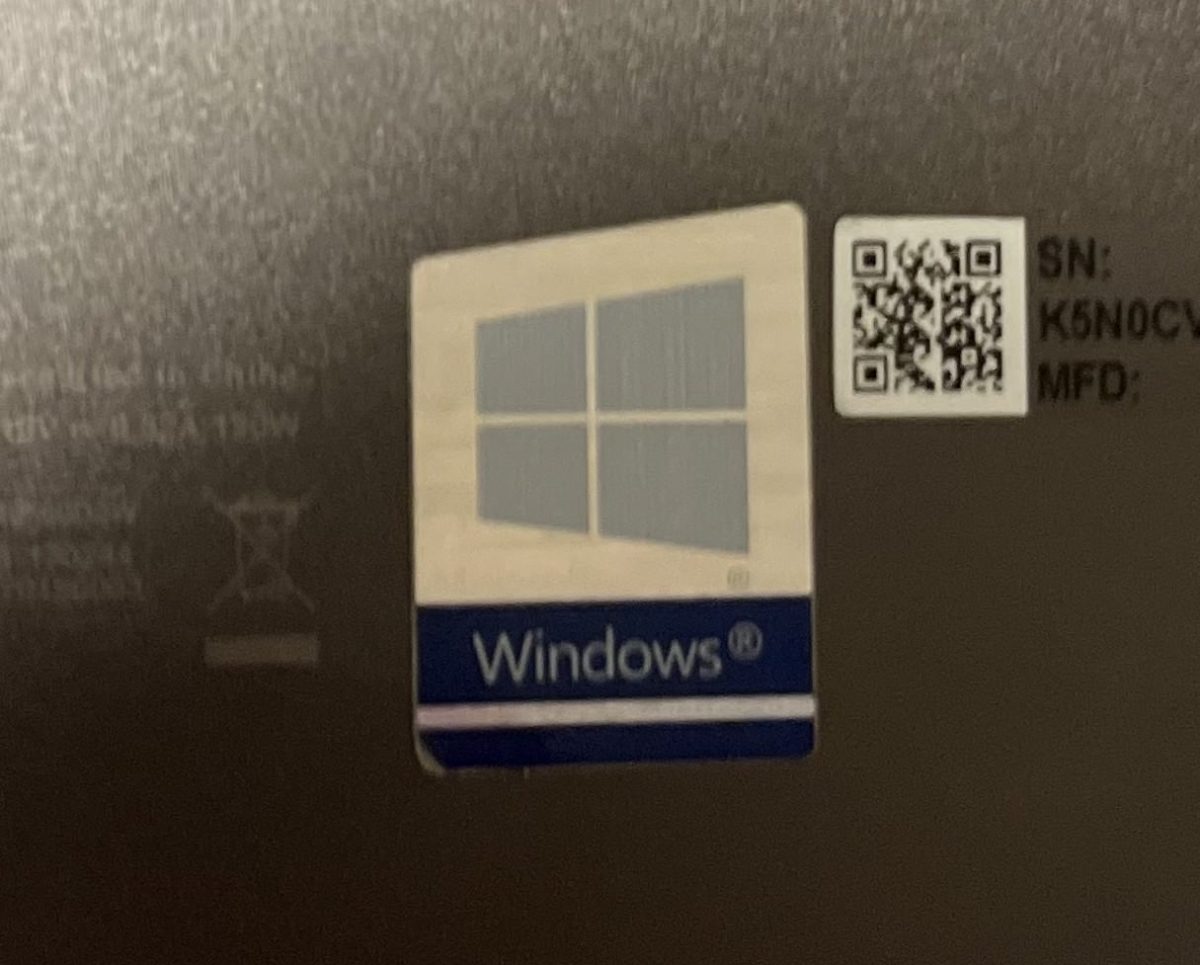The world started off the new year very bright, as the sky on New Year’s Day was full with the brightest supermoon that will be experienced in 2018. Other astronomical wonders are occurring within this first month, such as a blue moon on January 31 to bring everyone into February. This blue moon, or super blue blood moon, won’t shine as brightly as the supermoon, but instead, provide another color of light.
The super blue blood moon on January 31 will also bring United State’s stargazers a lunar eclipse. The sunlight will give off a reddish hue as it is filtered through the Earth’s atmosphere. This reddish hue is how it has coined the term “blood moon.” Unfortunately, only Alaska and Hawaii will experience the full lunar eclipse, while everyone else will see a partial eclipse. In order to see the spectacle, NASA researcher, Noah Petro says, “The lunar eclipse on January 31 will be visible during moonset. Folks in the eastern United States, where the eclipse will be partial, will have to get up in the morning to see it.”
The last time people have seen a blood moon, blue moon and supermoon at one time was 152 years ago. The rarity of this event is still very remarkable, but will not look as cool as the Solar Eclipse. NASA states, “Sometimes the celestial rhythms sync up just right to wow us.”
Supermoon sounds spectacular but is really just a full moon at a time when the moon’s orbit is closest to the earth, creating the moon to be brighter and bigger in the world’s eyes. A blue moon, or the second full moon in a month, is also made out to be unique, but actually happens about every 2.7 years. The blood moon is a bit more spectacular to see, as the total lunar eclipse allows the Earth to block the sunlight that normally reflects off the moon, creating the reddish hue many will be able to see. This happens about twice a year, but all three events at one time create a highly unique event.
The partial eclipse for Eastern Time will begin at 6:48 am and for the Central Time zone, the total eclipse will occur at 6:52 am.


















